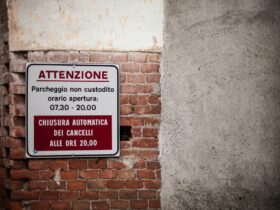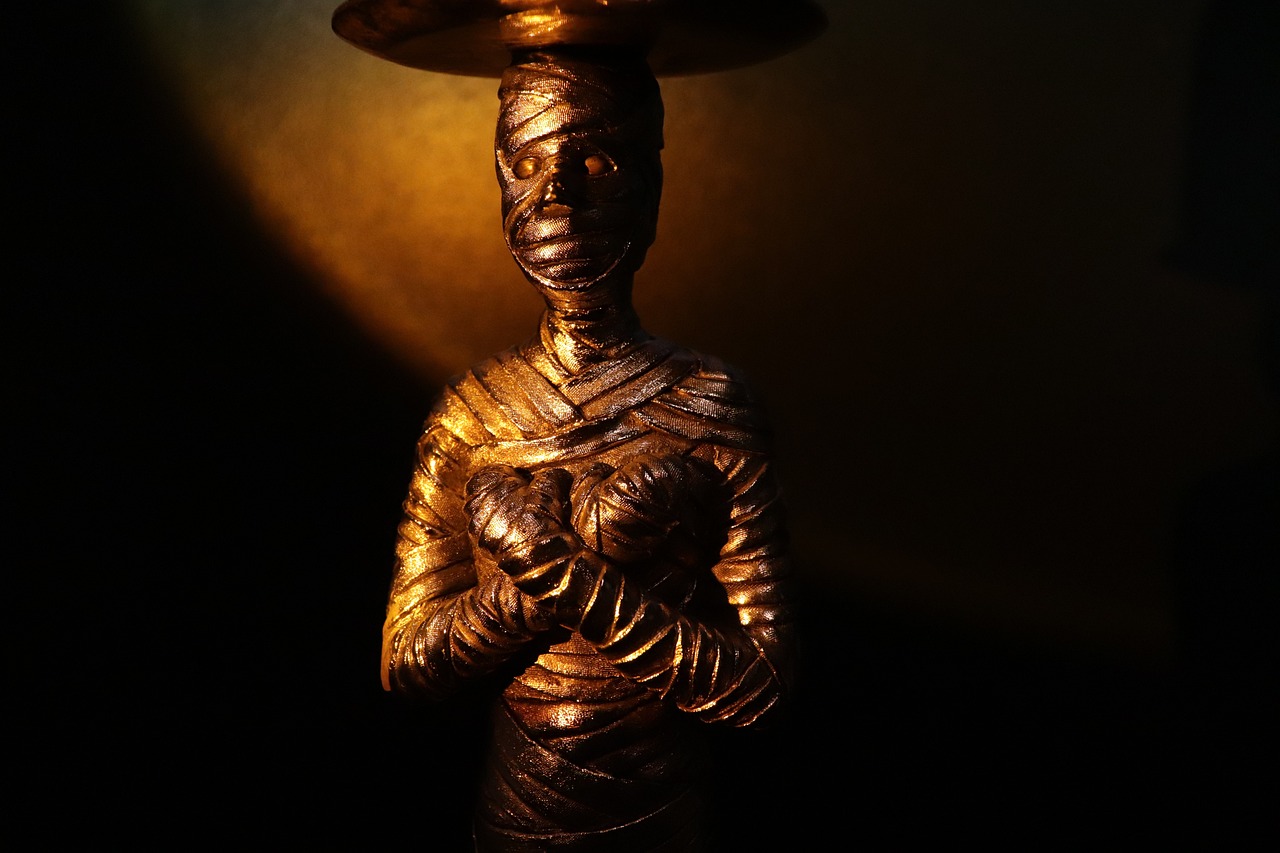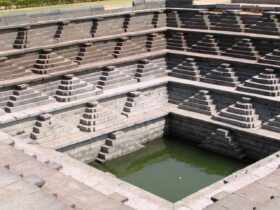“미라”는 영어로 “Mummy”로 번역됩니다. 이는 주로 고대 이집트에서 방부 처리된 시신을 의미합니다.
”미라”를 영어로 표현하는 방법
- Mummy (미라)
- Embalmed Body (방부 처리된 시신)
- Mummification (미라 제작)
1. Mummy
“Mummy”는 방부 처리가 된 고대 시신을 지칭합니다.
- “The ancient Egyptians practiced mummification to preserve the bodies of the deceased.” (고대 이집트인들은 고인의 시신을 보존하기 위해 미라 제작을 시행했다.)
- “Many mummies have been discovered in tombs, providing insights into ancient Egyptian culture.” (많은 미라가 무덤에서 발견되어 고대 이집트 문화에 대한 통찰을 제공하고 있다.)
- “Some mummies are remarkably well-preserved and can still be studied by scientists.” (일부 미라는 매우 잘 보존되어 있어 과학자들이 여전히 연구할 수 있다.)
2. Embalmed Body
“Embalmed Body”는 방부 처리가 된 시신을 일반적으로 표현하는 방법입니다.
- “An embalmed body is treated with chemicals to delay decomposition.” (방부 처리된 시신은 분해를 지연시키기 위해 화학물질로 처리된다.)
- “Embalming is a practice used in various cultures for different reasons.” (방부 처리는 다양한 문화에서 여러 가지 이유로 사용되는 관행이다.)
- “The process of embalming allows families to have a longer time for mourning.” (방부 처리 과정은 가족이 더 오랜 시간 동안 애도할 수 있도록 한다.)
3. Mummification
“Mummification”은 미라를 만드는 과정을 의미합니다.
- “Mummification involves removing internal organs and treating the body with preservatives.” (미라 제작은 내부 장기를 제거하고 시신을 방부제로 처리하는 과정을 포함한다.)
- “The techniques of mummification varied across different cultures and periods.” (미라 제작 기술은 다양한 문화와 시대에 따라 달랐다.)
- “Mummification was not only a burial practice but also a reflection of beliefs about the afterlife.” (미라 제작은 단순한 매장 관행이 아니라 사후 세계에 대한 믿음을 반영했다.)
“미라”는 영어로 “Mummy”로 표현되며, 이는 고대 문명의 독특한 장례 관습과 관련이 있습니다. 미라의 연구는 고대 문화와 역사에 대한 중요한 통찰을 제공합니다.













Leave a Reply